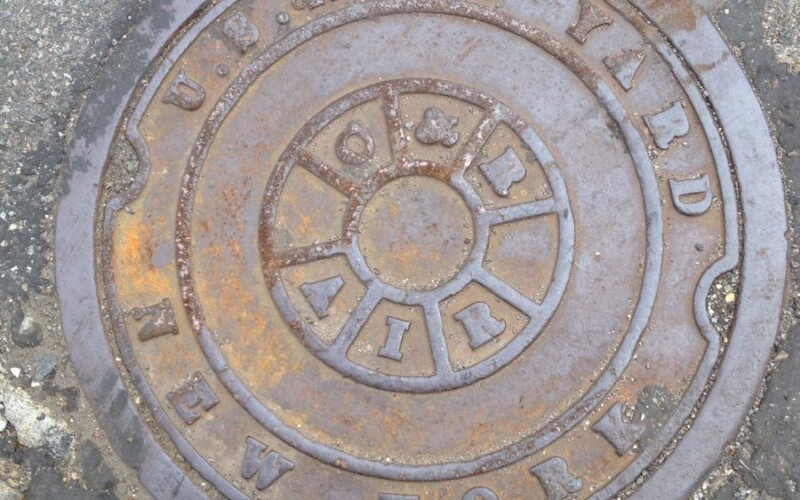We have experience hosting a range of audiences, from college classes to birthday parties to company outings, and we customize our tours to meet your group’s interests and needs.
Book a private tour today
Concrete is the world’s most ubiquitous building material, and many important milestones of its development took place in Brooklyn. In this virtual program, we will examine concrete’s history, production, and …
Read more
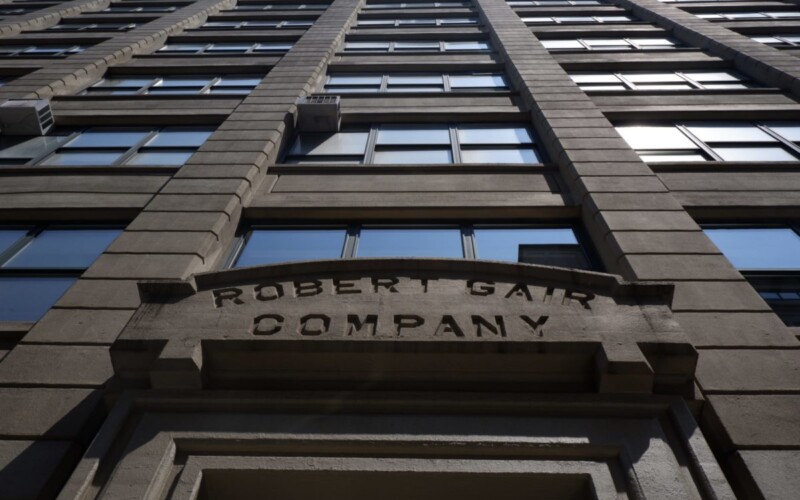
As we approach New York City’s primary elections on June 22, housing, as always, is a key issue on the ballot. So we are looking back at the history of …
Read more
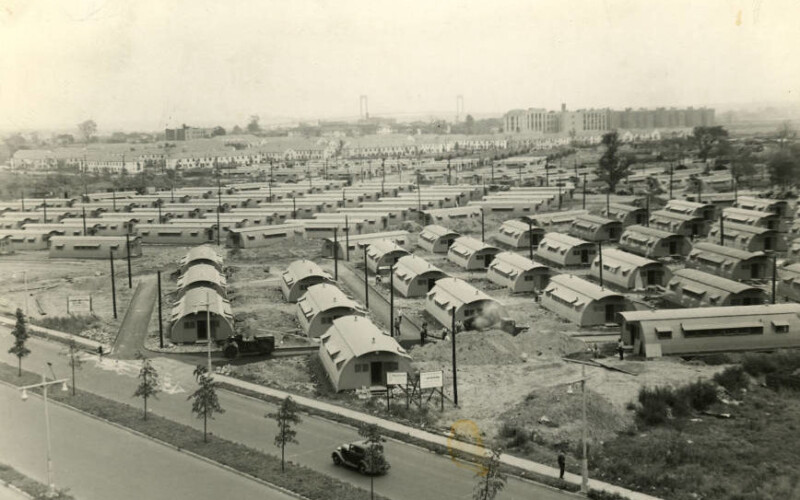
The celebrate Black History Month and the 220th birthday at the Brooklyn Navy Yard, we are looking at the obstacles and opportunities that Black people encountered at the Brooklyn Navy …
Read more
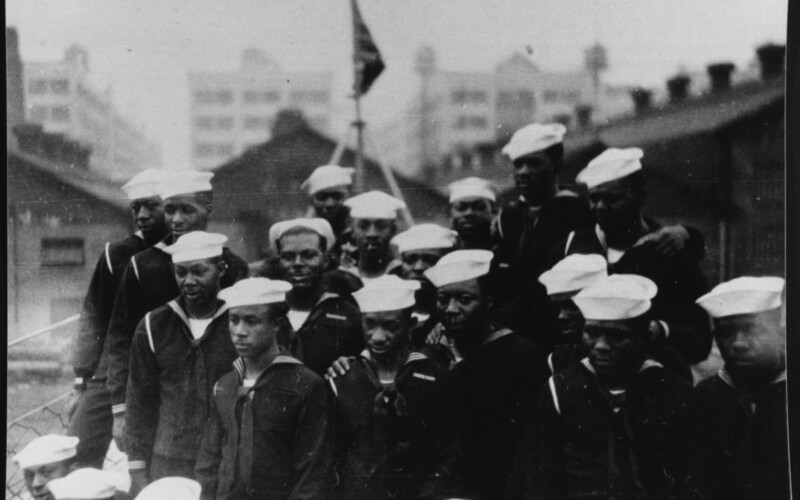
For Easter, we shared the story of the military’s war on the Easter Bunny and good-tasting candy, and the role played by Brooklyn’s Rockwood & Company in World War II. In …
Read more
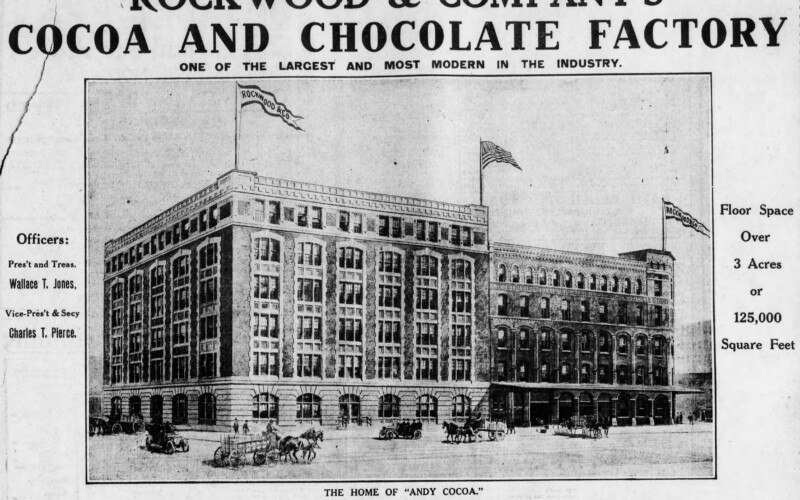
The Brooklyn Navy Yard covers 300 acres of the waterfront, touching neighborhoods from Dumbo to Fort Greene to Williamsburg. Both inside and outside the Yard’s gates are a growing number …
Read more
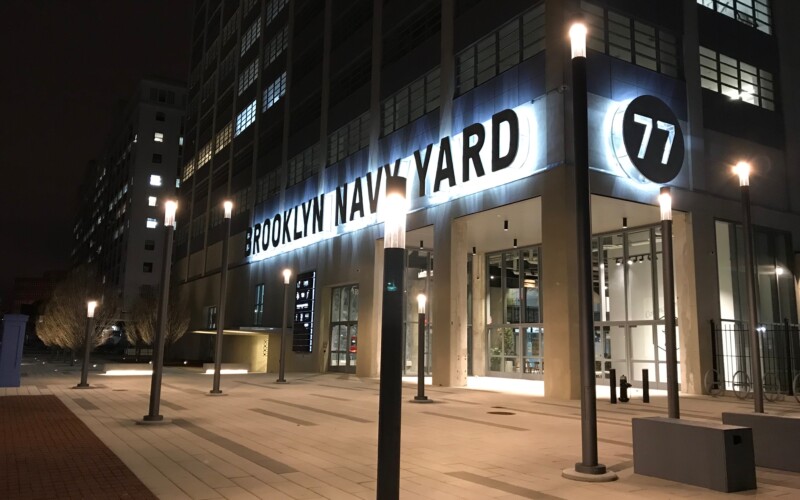
Some of the subjects we frequently have to address on our tours of the Brooklyn Navy Yard are: where is it? and what is the official name? So let’s start with the …
Read more
